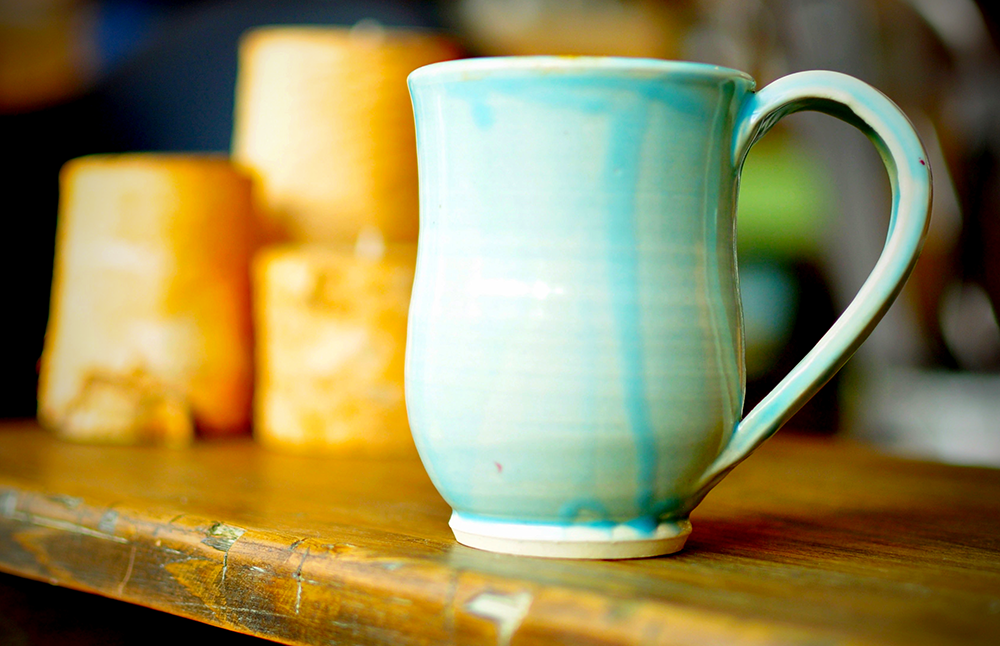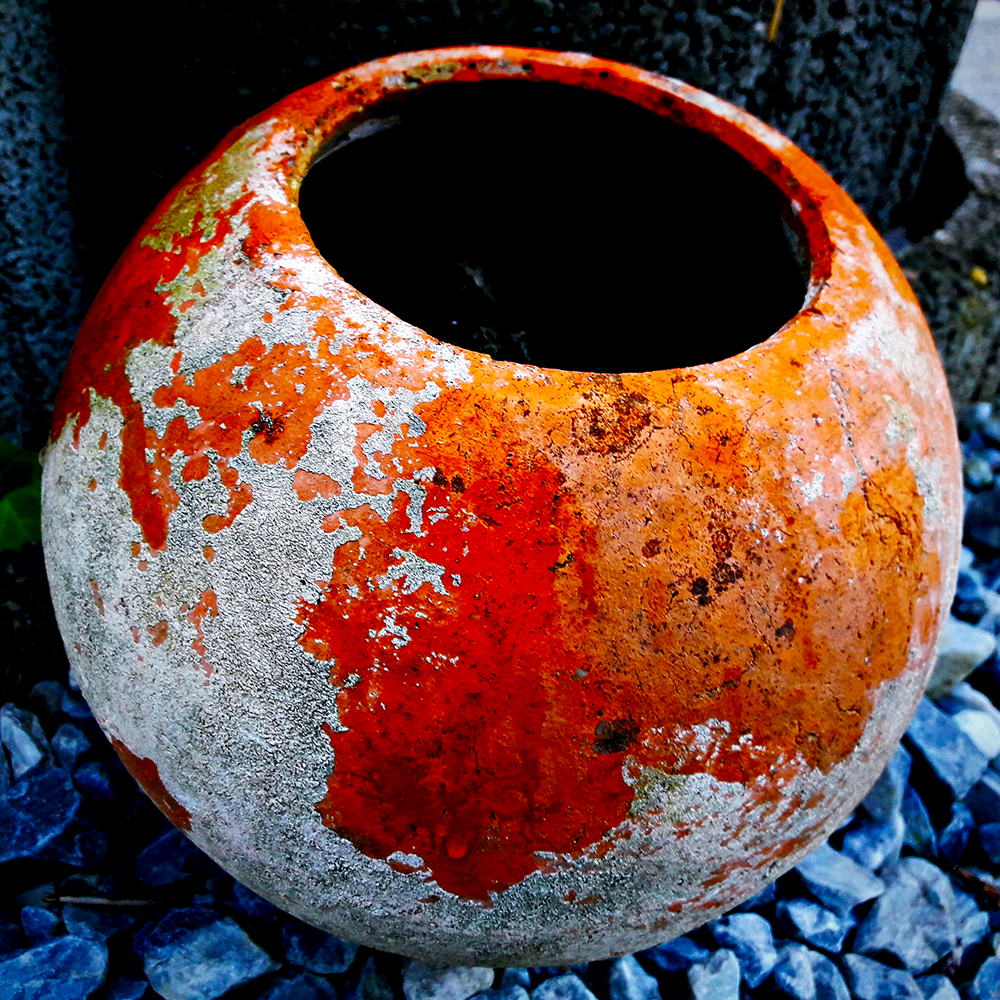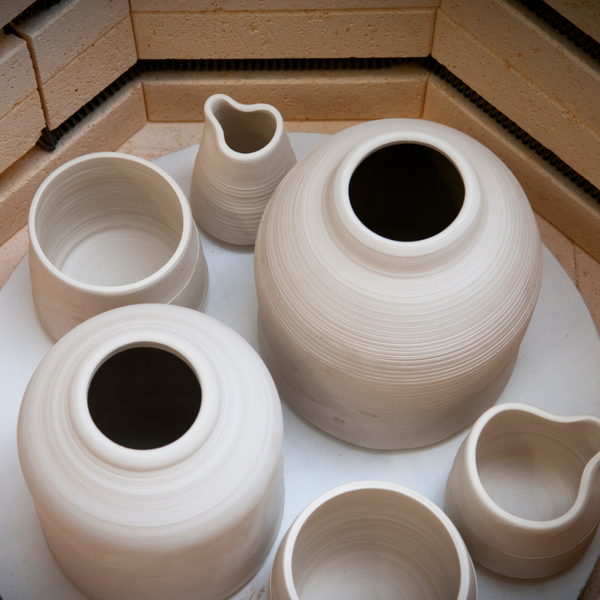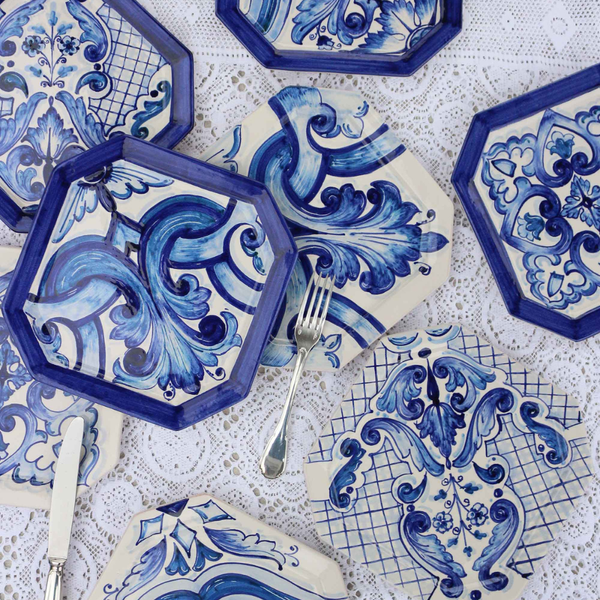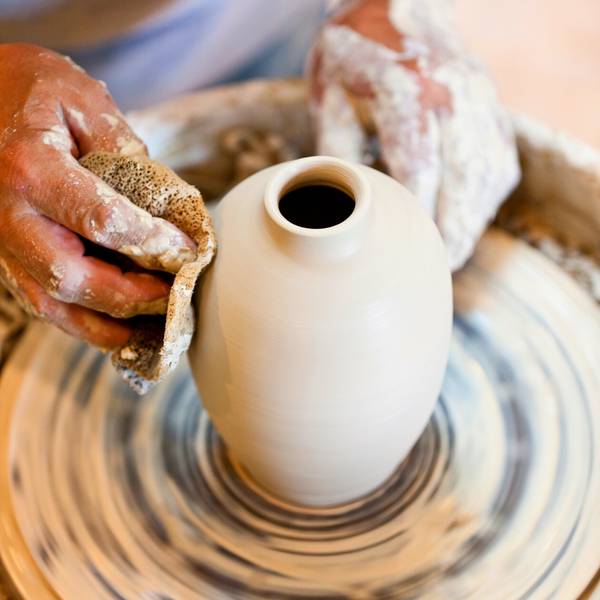Ceramics and stoneware often get lumped together, but are they truly the same?
From the ancient art of crafting clay into beautiful, functional pieces to the modern-day techniques that bring unique designs to life, understanding these materials can elevate your appreciation for each piece.
This question is more common than you might think, and the answer is both yes and no.
While stoneware is indeed a type of ceramic, it has specific characteristics that set it apart from other ceramic materials.
Whether you're a seasoned collector or just starting your journey, this exploration will help you make informed choices and deepen your love for these timeless creations.
Let's dive into the fascinating world of pottery to uncover the differences and similarities.
Key Takeaways:
- Stoneware and ceramic are related but distinct materials with unique properties and uses.
- Stoneware is a type of ceramic known for its durability and versatility.
- Understanding the differences between stoneware and other ceramics can help in making informed choices for everyday use and fine dining.
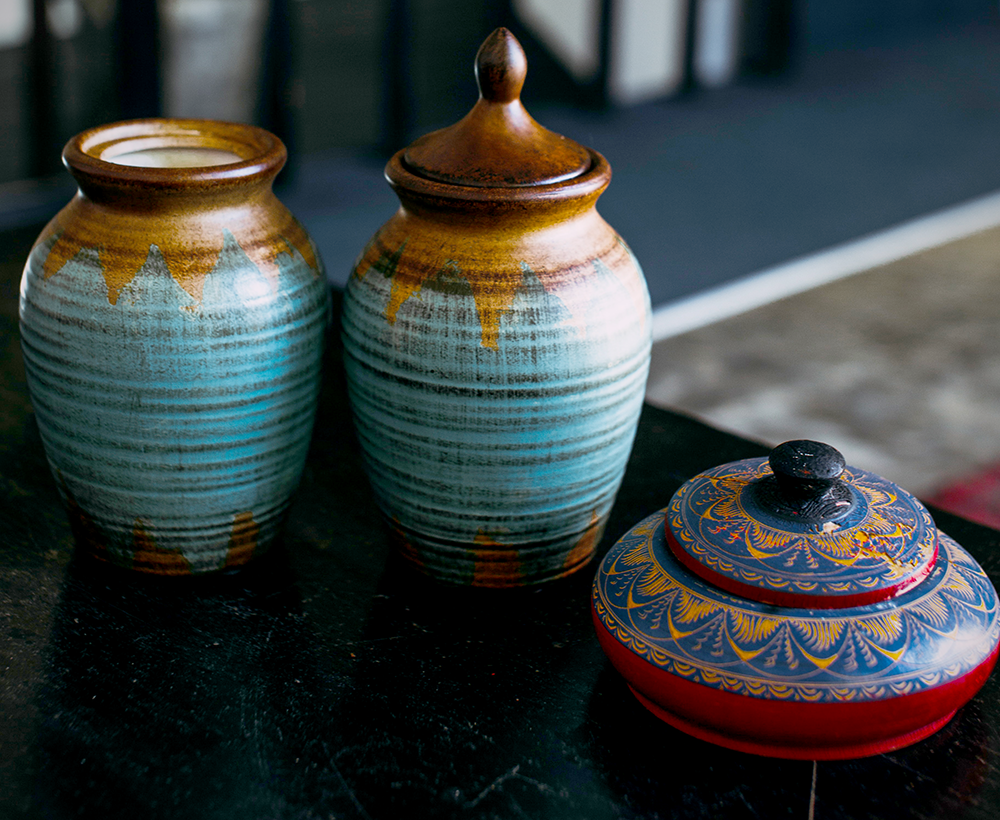
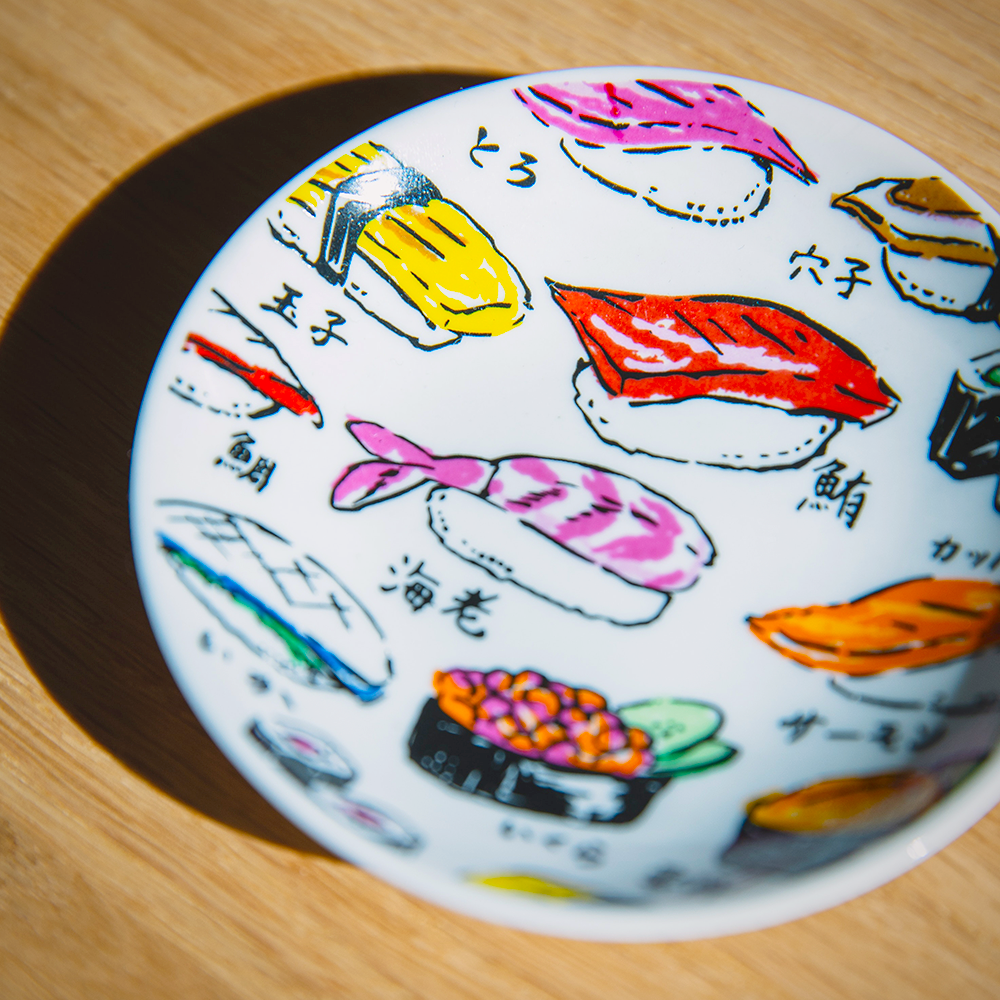

What is Ceramic?
Ceramic is a broad category that encompasses various materials made from clay and other natural substances.
These materials are shaped and then fired at high temperatures to create a hard, durable product.
Ceramics can be divided into three main types of pottery: earthenware, stoneware, and porcelain.
Each type has its own unique properties, making them suitable for different applications.
Earthenware is fired at relatively low temperatures and is known for its porous surface.
This type of ceramic is often used for decorative items and some types of dinnerware.
Porcelain, on the other hand, is fired at very high temperatures, resulting in a non-porous, glass-like finish.
It is often used for fine dining and high-end dinnerware.
Stoneware falls somewhere in between, offering a balance of durability and aesthetic appeal.
Understanding Stoneware
Stoneware is a type of ceramic that is known for its durability and versatility.
Made from stoneware clay, this material is fired at higher temperatures than earthenware but lower than porcelain.
This firing process results in a dense, non-porous material that is ideal for everyday use.
Stoneware plates, bowls, and casserole dishes are popular choices for their ability to withstand direct heat and their oven-safe properties.
One of the main differences between stoneware and other ceramics is its stone-like appearance.
Most stoneware has an earthy, rustic look that is visually appealing and adds a touch of charm to any table setting.
Additionally, stoneware is available in different colors and finishes, from glossy to matte, making it a versatile material for various design preferences.
The Firing Process
The firing process is crucial in determining the properties of ceramic materials.
Stoneware is fired at higher temperatures, typically between 2150°F and 2330°F (1176°C to 1277°C).
This high firing temperature makes stoneware a durable material that is resistant to chipping and cracking.
In contrast, earthenware is fired at lower temperatures, making it more porous and less durable.
The type of clay used also plays a significant role in the final product.
Stoneware clay is more refined than the clay used for earthenware, contributing to its strength and durability.
The firing temperatures and clay composition make stoneware a popular choice for both everyday use and fine dining.


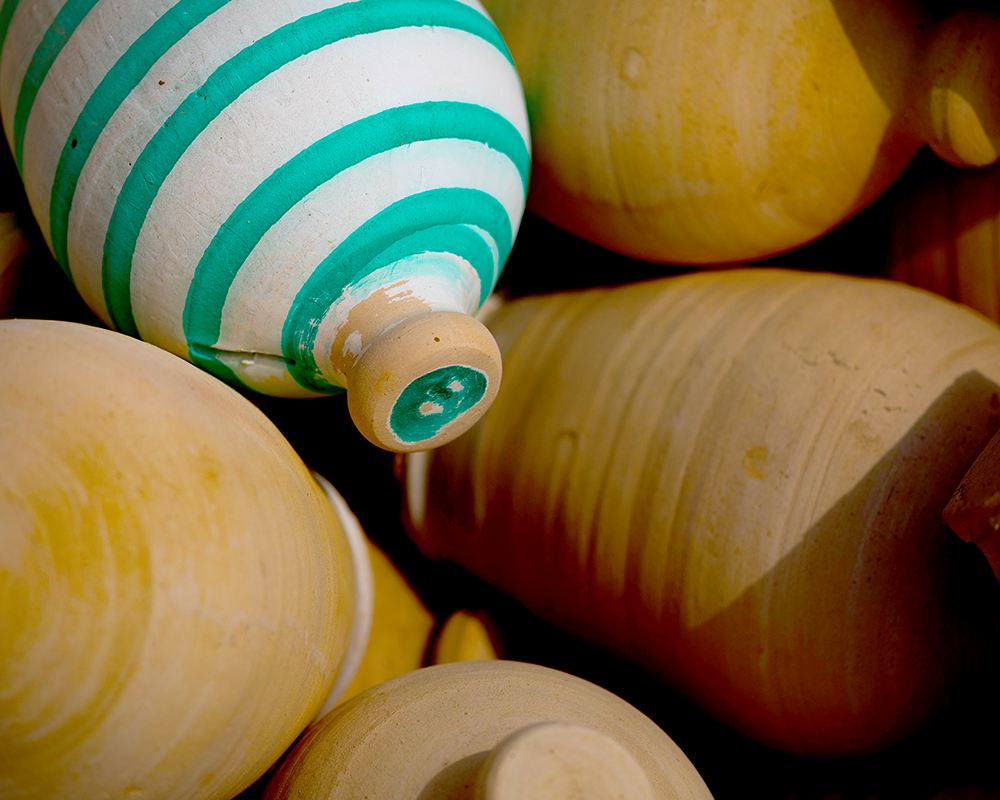
Durability and Versatility
One of the standout features of stoneware is its durability.
This material is resistant to chipping, cracking, and scratching, making it ideal for everyday use.
Stoneware plates and bowls can withstand the rigors of daily life, from microwave heating to dishwasher cleaning.
Additionally, stoneware is oven safe, allowing you to use it for baking and roasting.
Stoneware's versatility extends beyond the kitchen.
Its visually appealing, earthy appearance makes it a popular choice for decorative items and home décor.
Whether you're looking for functional dinnerware or stylish accent pieces, stoneware offers a range of options to suit your needs.
Comparing Stoneware and Other Ceramics
When comparing stoneware to other ceramics, several key differences stand out.
Earthenware, for example, is more porous and less durable than stoneware.
It is often used for decorative items and low-fire stoneware, which is not suitable for high-temperature cooking.
Porcelain, on the other hand, is non-porous and has a glass-like finish, making it ideal for fine dining but less suitable for everyday use.
Stoneware strikes a balance between these two extremes.
It offers the durability and non-porous surface of porcelain while maintaining the rustic, earthy appearance of earthenware.
This makes stoneware a versatile material that can be used for both casual and formal settings.
Practical Applications
Stoneware's durability and versatility make it suitable for a wide range of applications.
In the kitchen, stoneware plates, bowls, and casserole dishes are popular choices for their ability to withstand direct heat and their oven-safe properties.
Stoneware is also microwave and dishwasher safe, making it a convenient option for everyday use.
Beyond the kitchen, stoneware's visually appealing, earthy appearance makes it a popular choice for home décor.
From vases and planters to decorative bowls and figurines, stoneware adds a touch of rustic charm to any space.
Its durability ensures that these items will stand the test of time, making them a worthwhile investment.
Stoneware in Fine Dining
While stoneware is often associated with everyday use, it also has a place in fine dining.
The material's durability and non-porous surface make it suitable for high-end dinnerware that can withstand the rigors of a busy restaurant environment.
Stoneware plates and bowls are often used in upscale restaurants for their rustic, earthy appearance and ability to retain heat.
In addition to its practical benefits, stoneware's aesthetic appeal makes it a popular choice for fine dining.
The material is available in a range of colors and finishes, from glossy to matte, allowing chefs to create visually stunning presentations.
Whether you're hosting a formal dinner party or running a high-end restaurant, stoneware offers a versatile and durable option for your dinnerware needs.
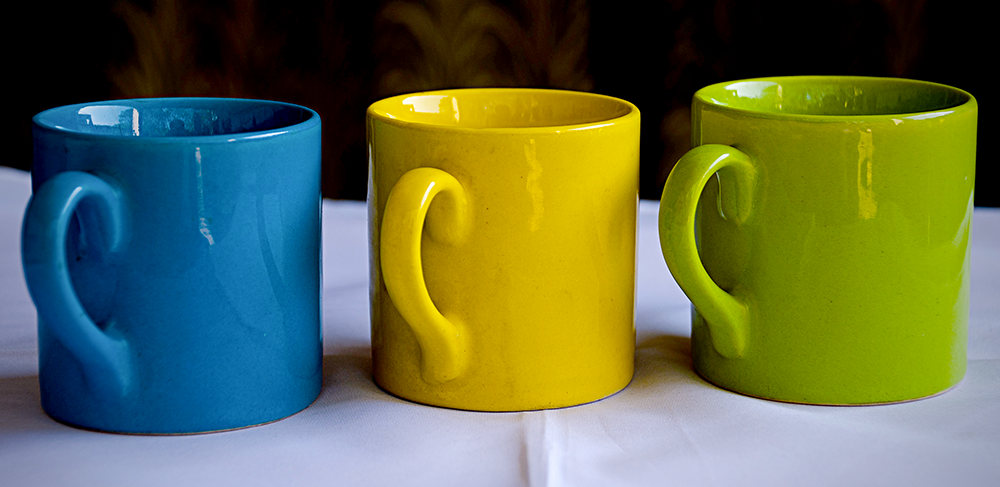
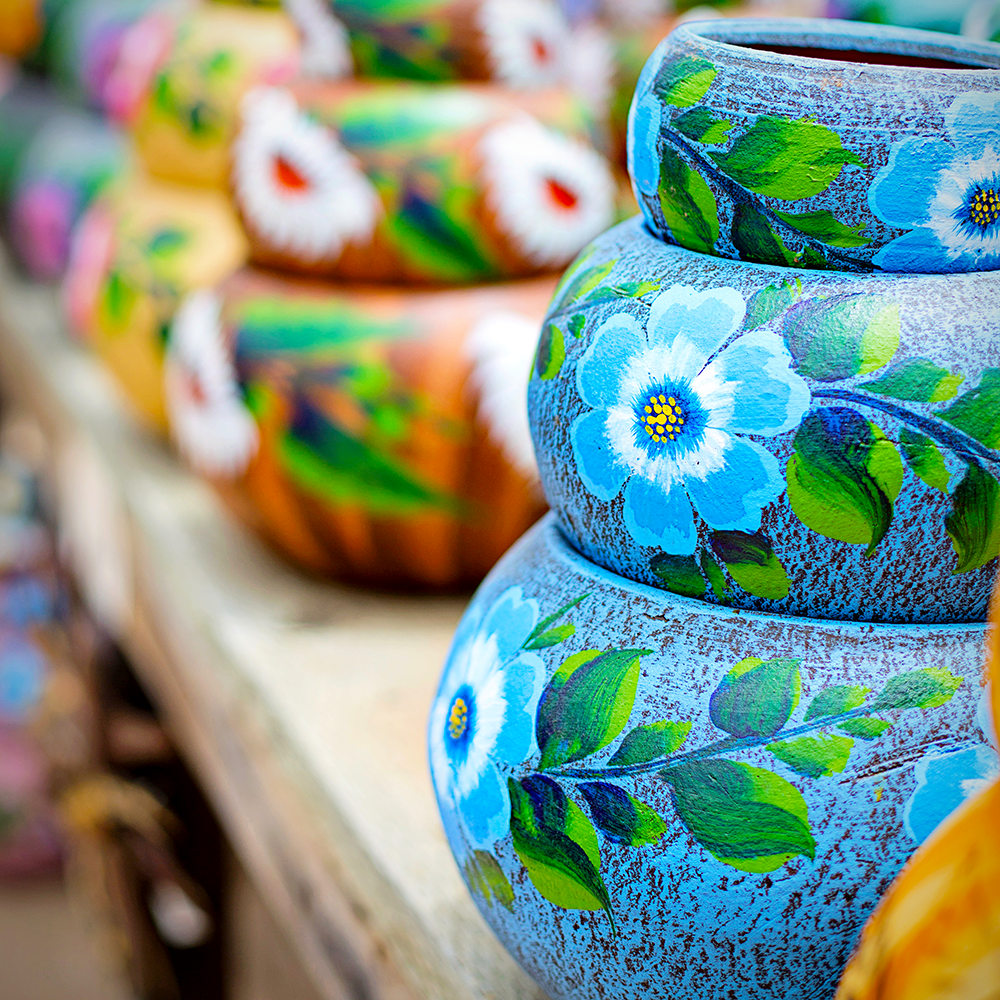
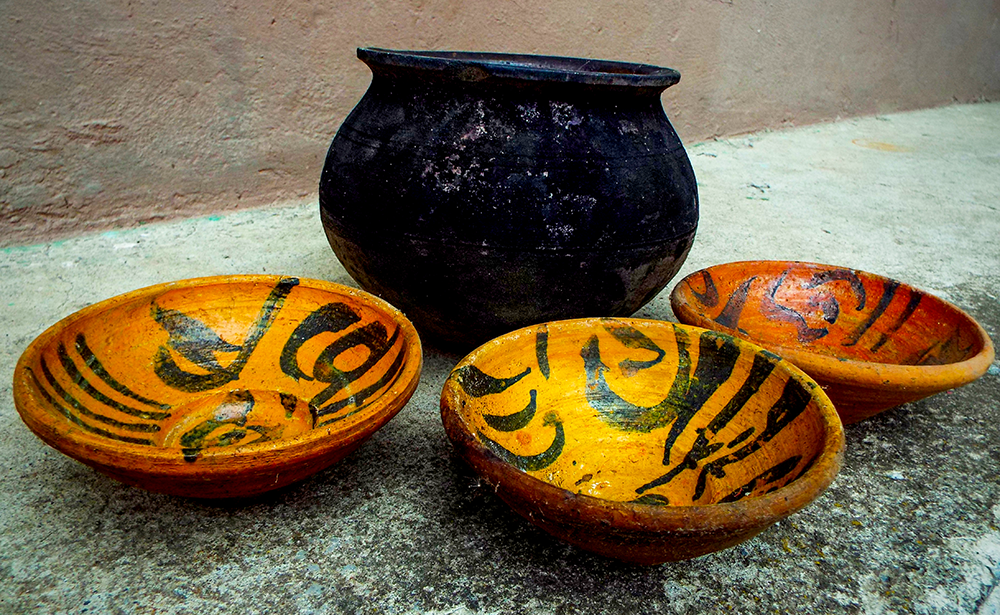
Maintenance and Care
Taking care of stoneware is relatively straightforward, thanks to its durable and non-porous nature.
Most stoneware items are dishwasher safe, making cleanup a breeze.
However, it's essential to avoid sudden temperature changes, as this can cause thermal shock and potentially damage the material.
For example, avoid placing a hot stoneware dish directly into cold water.
When it comes to cooking, stoneware is oven safe and can withstand high temperatures.
However, it's advisable to avoid using stoneware on the stove top, as direct heat can cause cracking.
With proper care and maintenance, stoneware can last for many years, making it a worthwhile investment for your kitchen and home.
The Aesthetic Appeal of Stoneware
One of the reasons stoneware is so popular is its aesthetic appeal.
The material's earthy, rustic look adds a touch of charm to any table setting or home décor.
Stoneware is available in a range of colors and finishes, from glossy to matte, allowing you to choose the perfect look for your space.
In addition to its visual appeal, stoneware's tactile qualities make it a pleasure to use.
The material has a substantial, weighty feel that adds to its sense of durability and quality.
Whether you're using stoneware plates for a casual family dinner or a formal dinner party, the material's aesthetic and tactile qualities enhance the dining experience.
Stoneware vs. Porcelain
When comparing stoneware to porcelain, several key differences emerge.
Porcelain is fired at higher temperatures than stoneware, resulting in a non-porous, glass-like finish.
This makes porcelain ideal for fine dining and high-end dinnerware.
However, porcelain is also more fragile and prone to chipping and cracking.
Stoneware, on the other hand, offers a balance of durability and aesthetic appeal.
While it may not have the same glass-like finish as porcelain, stoneware's earthy, rustic look is visually appealing and adds a touch of charm to any table setting.
Additionally, stoneware is more resistant to chipping and cracking, making it a practical choice for everyday use.
Stoneware vs. Earthenware
When comparing stoneware to earthenware, the differences are even more pronounced.
Earthenware is fired at lower temperatures, resulting in a porous surface that is less durable than stoneware.
This makes earthenware more suitable for decorative items and low-fire stoneware, which is not ideal for high-temperature cooking.
Stoneware, on the other hand, is fired at higher temperatures, resulting in a dense, non-porous material that is ideal for everyday use.
Stoneware plates, bowls, and casserole dishes are popular choices for their ability to withstand direct heat and their oven-safe properties.
Additionally, stoneware's earthy, rustic look adds a touch of charm to any table setting.


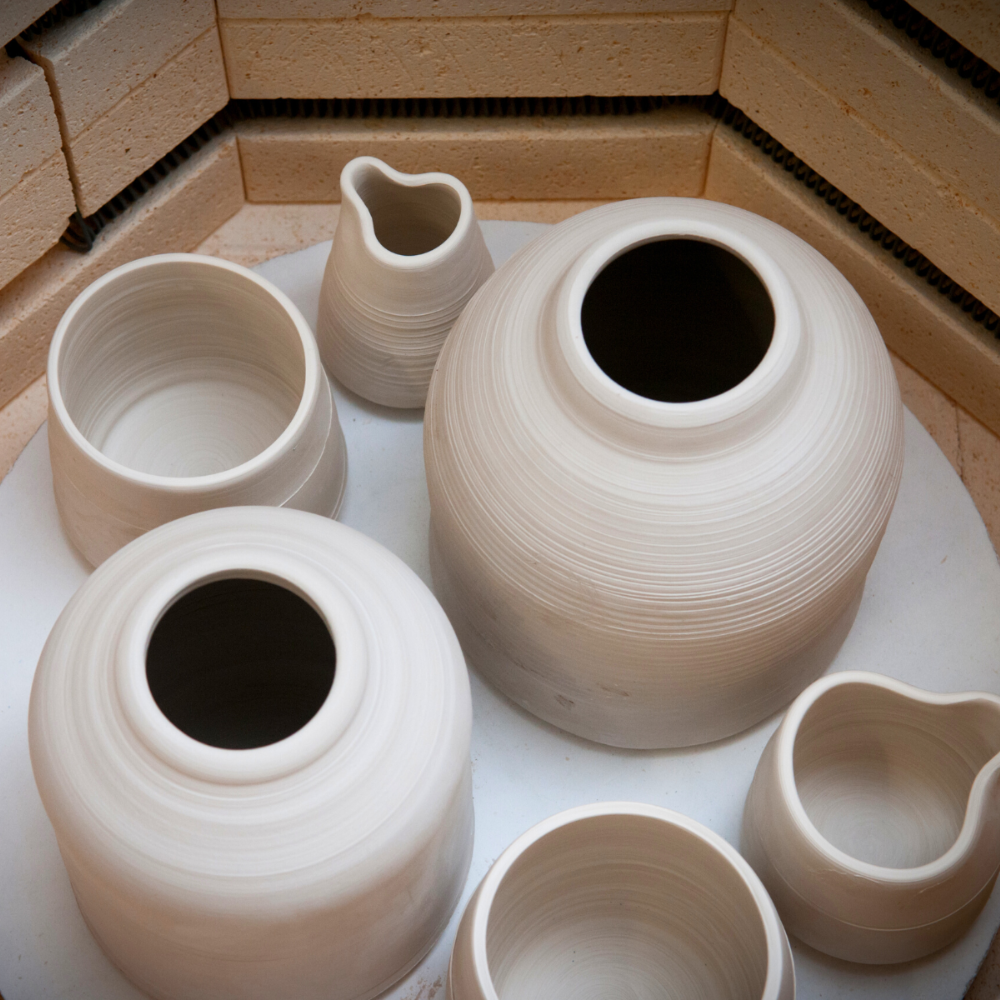
Timeless Charm of Stoneware and Ceramics
In essence, while stoneware is indeed a type of ceramic, its unique properties make it stand out.
Renowned for its durability, versatility, and aesthetic allure, stoneware is a beloved choice for everything from everyday meals to elegant dining experiences.
By grasping the distinctions between stoneware and other ceramics, you can make savvy decisions that enhance your dinnerware and home décor.
Embrace the timeless charm of these materials and elevate your living spaces with informed elegance.

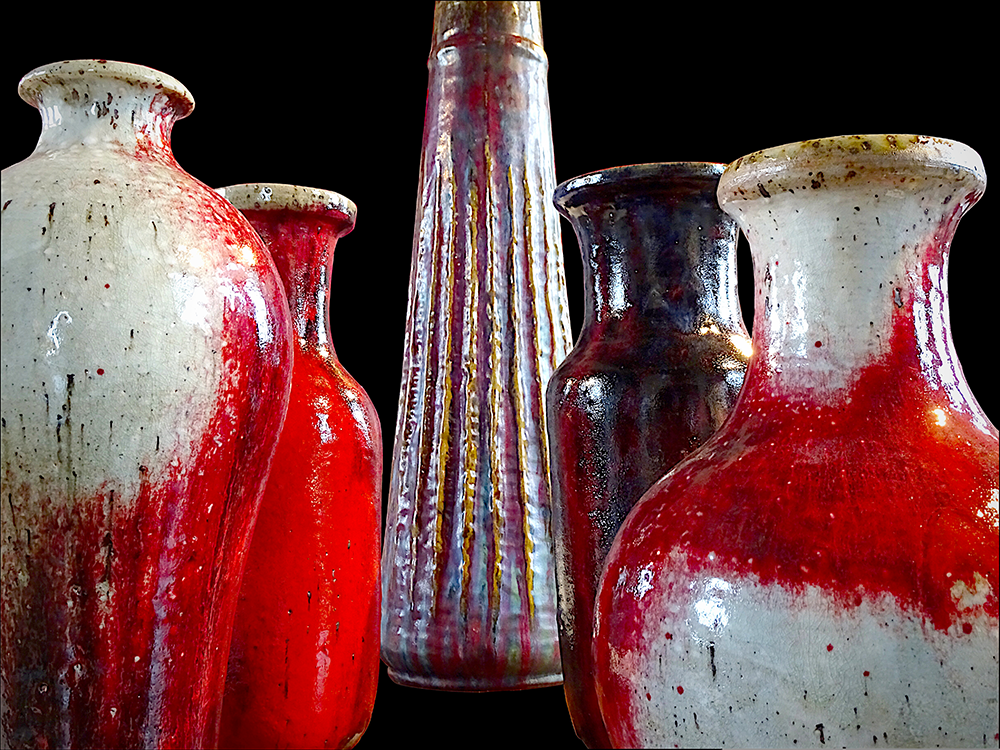
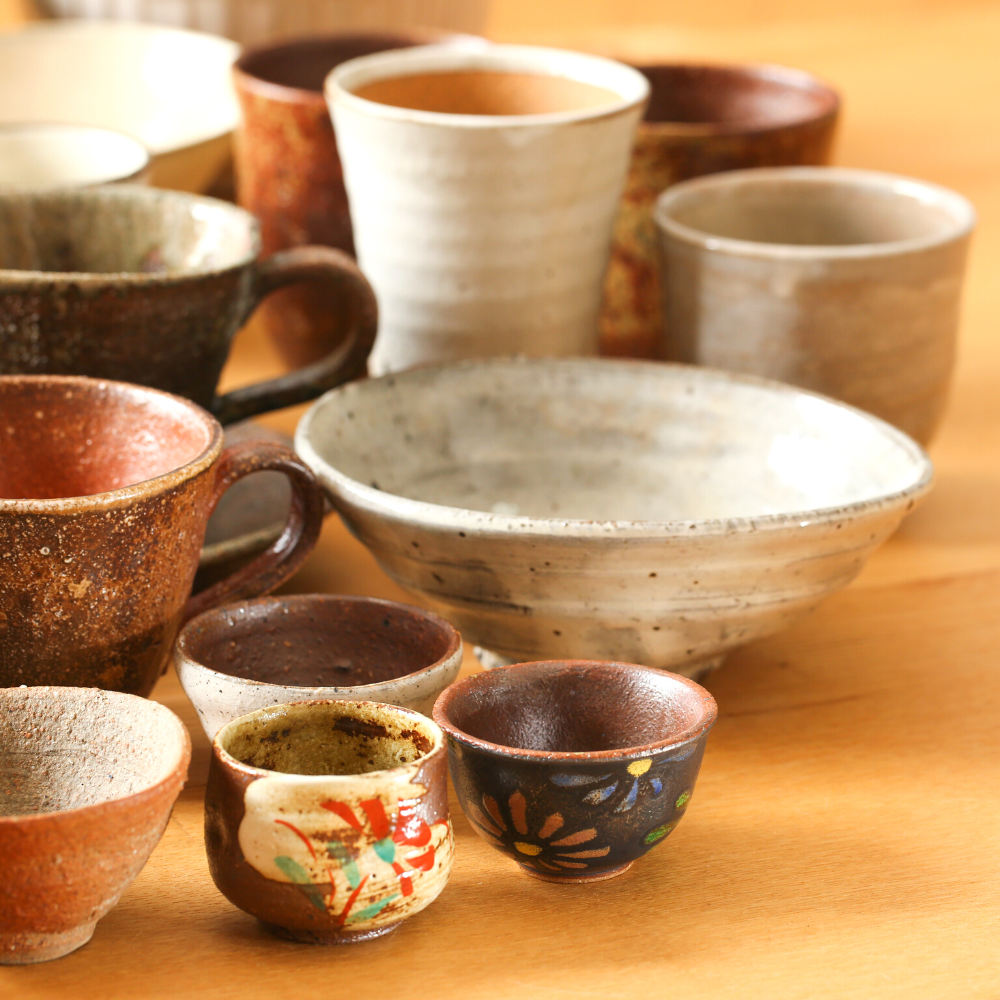
Ceramic FAQs
Unlocking the Mysteries of Ceramic: Your Ultimate FAQ Guide
Welcome to the FAQs section, where we unravel the secrets of ceramic and stoneware!
Whether you're a seasoned ceramic enthusiast or just starting your journey, our comprehensive guide answers all your burning questions.
Dive in to discover the nuances between stoneware and ceramic, learn how to use and care for your stoneware, and much more.
Let's get started!
Is stoneware the same as ceramic?
Stoneware is a type of ceramic, but it has specific characteristics that set it apart from other ceramic materials. While all stoneware is ceramic, not all ceramics are stoneware.
Can stoneware be used in the oven?
Yes, stoneware is oven safe and can withstand high temperatures. However, it's essential to avoid sudden temperature changes to prevent thermal shock.
How do I care for stoneware?
Most stoneware items are dishwasher safe, making cleanup easy. However, avoid sudden temperature changes and using stoneware on the stove top to prevent damage. With proper care, stoneware can last for many years.


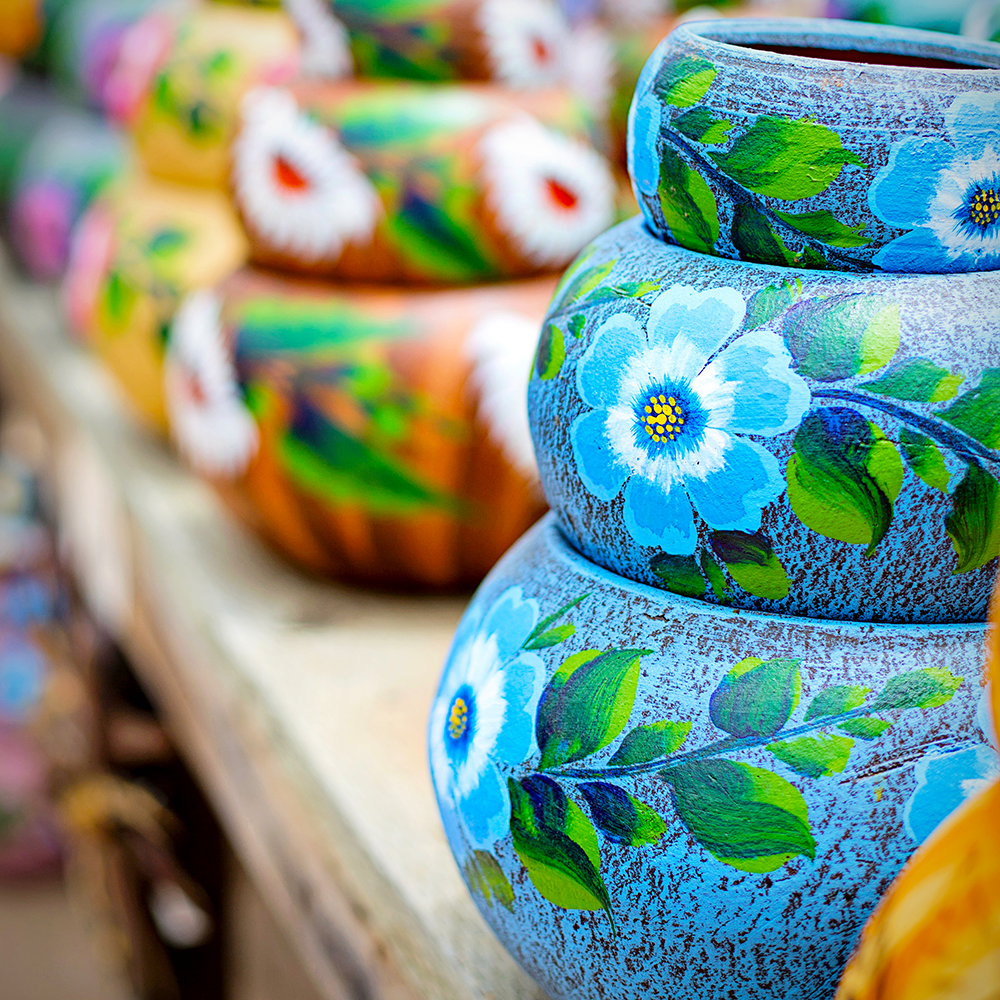
Eager to learn more about your clay options? Check out Tania Goldberg Pottery's video!
Want even more content about creativity and art?
Be sure to check out all of our creative chronicles!
Love pottery and working with clay?
Check out some of our other ceramic articles:
-What is the difference between ceramics and pottery?
-How can you tell the difference between pottery and porcelain?
-What are the 5 methods of working with clay?
-What is the difference between hand building and throwing clay?

